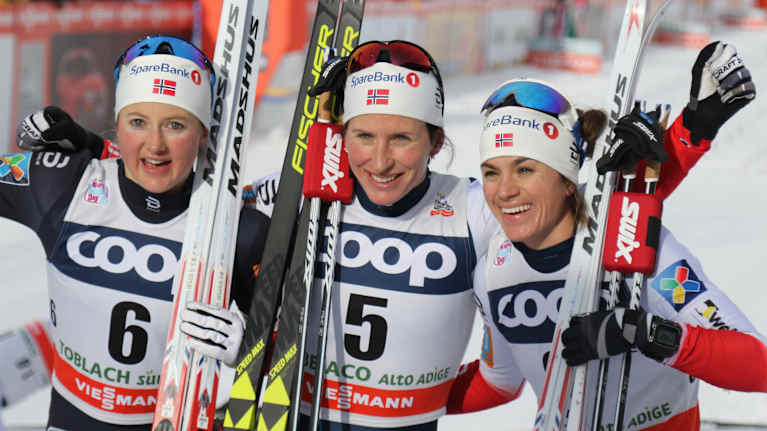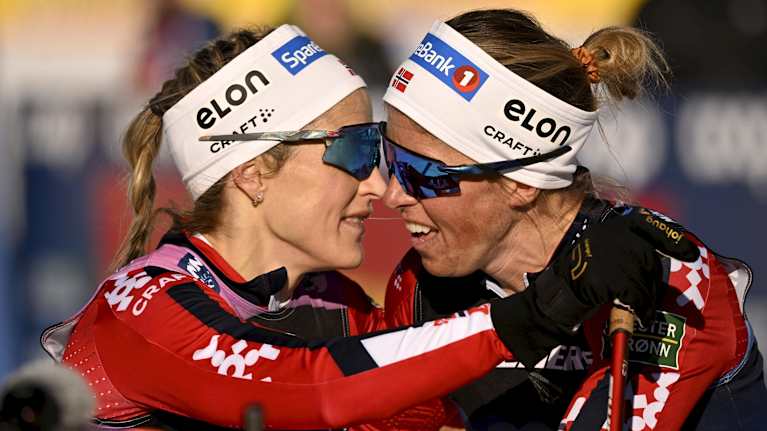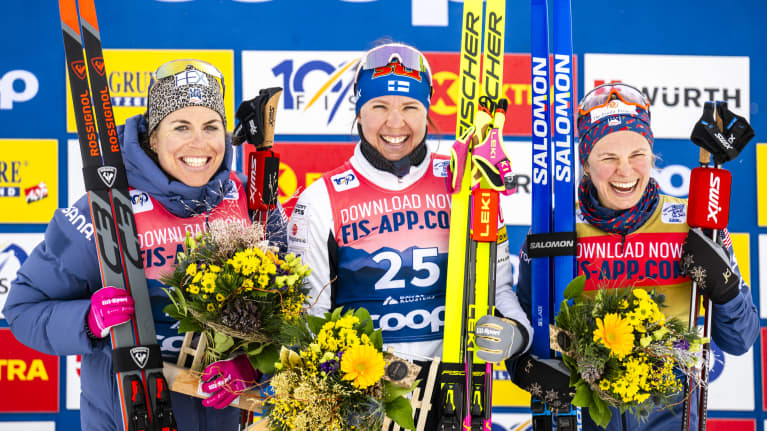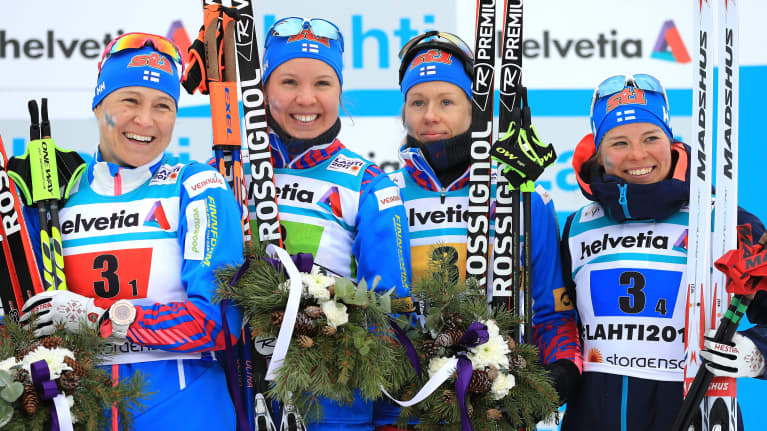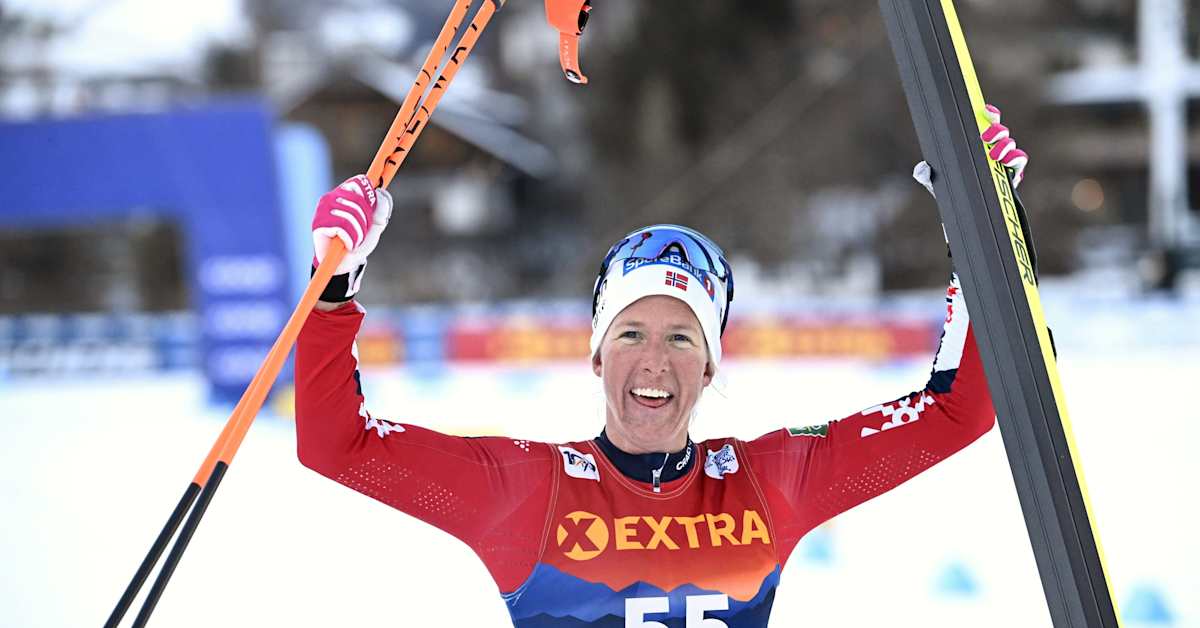
Astrid Öyre Slind's Ascent to the Top of the Skiing World is Exceptional - Now She is One of the Tour's Winning Favorites
Originally published in Yle on January 04, 2025
Astrid Öyre Slind did not believe, until the World Cup weekend in Davos in mid-December, that she would be able to win a stage while Therese Johaug was competing at the same time. The previous weekend, Johaug had convincingly won the 10 km free and 20 km combined race in Lillehammer.
In those races, Slind was 43 seconds and 50 seconds behind. Those events likely did not bolster Slind's confidence in her chances of victory. Last spring, after Johaug's return, she questioned whether it made sense to compete against someone so dominant born in 1988.
A week after Lillehammer, everything changed for Slind in Davos. Previously known as a strong long-distance skier outside of the World Cup circuit, Slind defeated Johaug in the 20 km classic interval start, claiming her first World Cup victory.
For Slind, Johaug, who had once been a shadow of doubt, finished only in third place while Kerttu Niskanen slipped in between them.
Now, during the ongoing Tour de Ski, conquering Johaug has become routine for Slind. She has outperformed her in every race. In the last two regular distance races at Toblach, she celebrated victories ahead of Johaug.
Yle Sports expert Aino-Kaisa Saarinen has not forgotten Slind's pessimistic thoughts about her chances against Johaug. "Now she is the one on the winner's podium while Johaug is on second or third place. It's largely about self-confidence," Saarinen states.
Slind won in Toblach, as captured by Viaplay.
A remarkable story
Slind's journey to being one of the best distance skiers in the world is fascinating and exceptional. She came into the consciousness of the skiing world only around two years ago during the World Championships in Planica.
In her first World Championships, she immediately reached the podium in the opening 15 km combined race. She was the best Norwegian, finishing third behind Swedish favorites Ebba Andersson and Frida Karlsson.
At that time, Slind was already a respectable 35 years old for a skier.
Her second start in a major championship brought gold when she celebrated victory with the Norwegian women's team in the 4 x 5 km championship.
Slind made her World Cup debut at the age of 20 in the 30 km race at Holmenkollen in 2008. For several years, she struggled with modest success in World Cup races.
At that time, the internal competition among Norwegian women was extremely tough, with Marit Bjørgen, Johaug, Astrid Uhrenholdt Jacobsen, Kristin Störmer Steiran, Heidi Weng, and Ingvild Flugstad Östberg in the mix.
Ingvild Flugstad Östberg, Marit Bjørgen, and Heidi Weng celebrated a triple victory in 2017. Slind came into a team of high standards. Photo: All Over Press
Realizing that coming to world-class competition was proving difficult, Slind chose to focus on long-distance skiing in Ski Classics, where she achieved outstanding success. She stayed away from the World Cup for over eight years before returning to compete in Lillehammer in December 2022.
At that time, the level of Norwegian women’s skiing wasn’t astonishing; Johaug had retired the previous spring, Østberg was sick, and Weng was far from her peak form. This gave the then-34-year-old Slind an opportunity to make waves in the World Cup.
Her performances improved. Before the World Championships in Planica, Slind reached third place in a World Cup event, showing potential.
Now, two years later, at nearly 37 years old, Slind has three victories, eight podium finishes, and a personal World Championship bronze.
The background of Slind's impressive development story is significantly improved muscular endurance from her years in Ski Classics.
"There (Ski Classics), a lot of double-poling training was required, which has advanced her muscular endurance. In intense sprinting, that won't yield success, but for longer distances, it works well. Her story is exceptional, and I've been amazed by it," Saarinen says.
Johaug and Slind have formed a strong duo in the Tour. Photo: Lehtikuva
The celebration of the "88s"
In the women’s Tour de Ski, there has been a lot of talk about the strong group born in 1988. Johaug, Slind, and Kerttu Niskanen all belong to this group - they all turn 37 this year.
The trio has formed the podium three times this season as well. Additionally, a fellow competitor from the same age group, Rosie Brennan, has shown remarkable performances over the past few years, although this season has been more sluggish.
Last season, she finished third in the free sprint at 35 years of age.
Of course, Marit Bjørgen won a World Cup at 37, so this situation isn’t without precedent.
Currently, there is a trend in long-distance races in the World Cup where older female skiers are thriving. Veteran skier from the USA, Jessie Diggins, will turn 34 this year.
Rosie Brennan and Kerttu Niskanen also belong to the strong cohort born in 1988. Also pictured is the experienced USA’s Jessie Diggins. Photo: EPA-EFE
Supporting Mothers
Saarinen believes the environment is such now that female skiers dare to continue longer careers. The financial aspect is stable now.
The individual world champion from the 2009 World Championships reminds that there have been also experienced skiers on the men's side at the top, like in the recent history with Lukas Bauer.
"These older skiers are exceptionally talented. Therese Johaug was only 18 when she competed in her first World Championships in Sapporo in 2007," Saarinen notes.
Bjørgen and Johaug are examples of skiers who have returned to the international skiing elite after having a child. Saarinen had her first child in 2016, while still active in her career. The following year at the World Championships in Lahti, Saarinen was nearing her last World Championships medal with the women's relay.
She and the United States’ Kikkan Randall worked with the International Ski Federation to ensure that accommodations for athletes’ children have been arranged at the competitions. During this Tour de Ski, Johaug’s partner has been present with their over one-year-old firstborn.
- In Eastern Europe, there has been the case where female athletes have had children, but they have stayed home. In Nordic countries, however, the culture is such that family is more present. It is possible to start a family and continue an athletic career, and FIS has wanted to support this.
Aino-Kaisa Saarinen, Kerttu Niskanen, Laura Mononen, and Krista Pärmäkoski celebrated the women’s relay bronze in Lahti in 2017. A year earlier, Saarinen had her first child. Photo: Getty Images
A Strong Favorite in Her Home Championships
Slind is shining now, but without the encouragement of her coach Chris Jespersen, this superb season could have been entirely different. The Norwegian lady suffered from a persistent cough at the end of summer.
Jespersen advised Slind to see a doctor, where whooping cough was diagnosed. If not addressed quickly, whooping cough can persist for many months.
"My career could have ended. I was lucky," Slind stated in an interview with Dagbladet.
Before the skiing season, there was speculation that Johaug would dominate the upcoming World Championships in Trondheim. Slind has recently demonstrated that she is at least a true championship contender in her home World Championships.
"She improves performance from race to race. In all distance events, she is one of the championship candidates. When she finishes the Tour, it will be beneficial for her. She will manage it," Saarinen is confident in Slind.
See Also
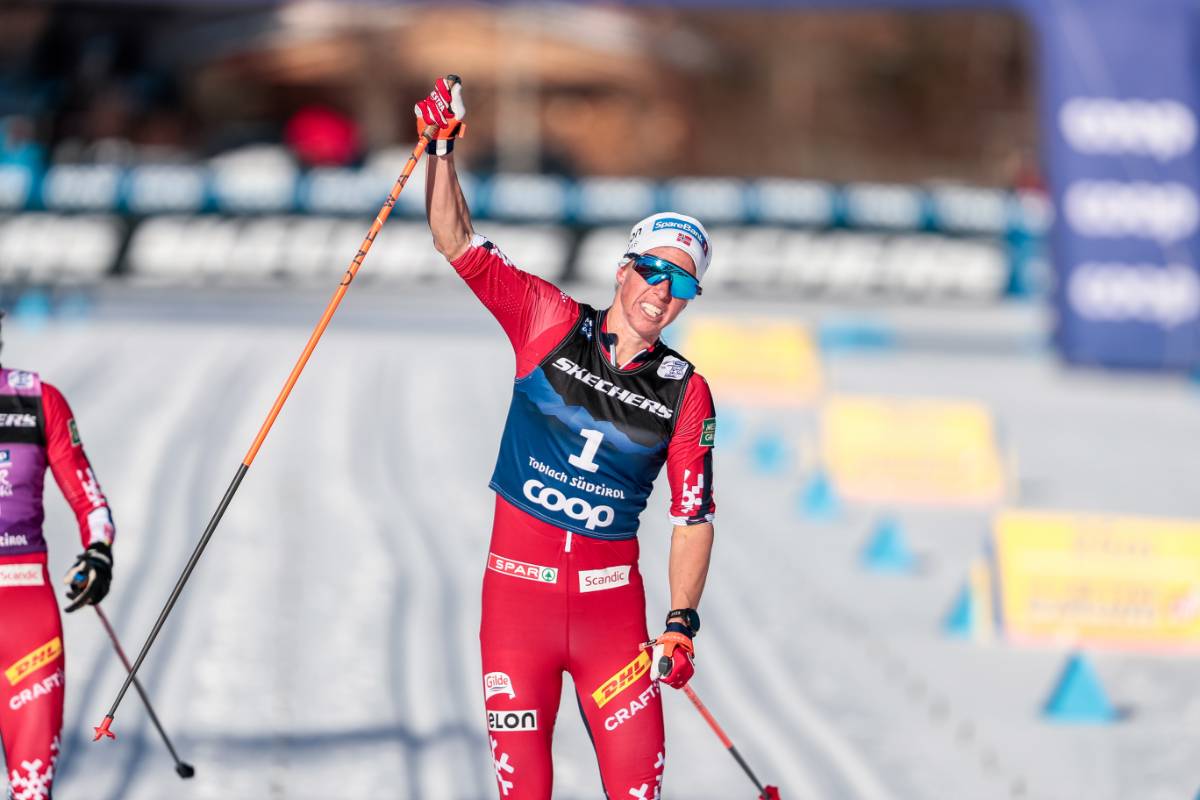
Slind takes Tour de Ski lead after 'perfect' teamwork with Johaug
January 01, 2025 / FIS
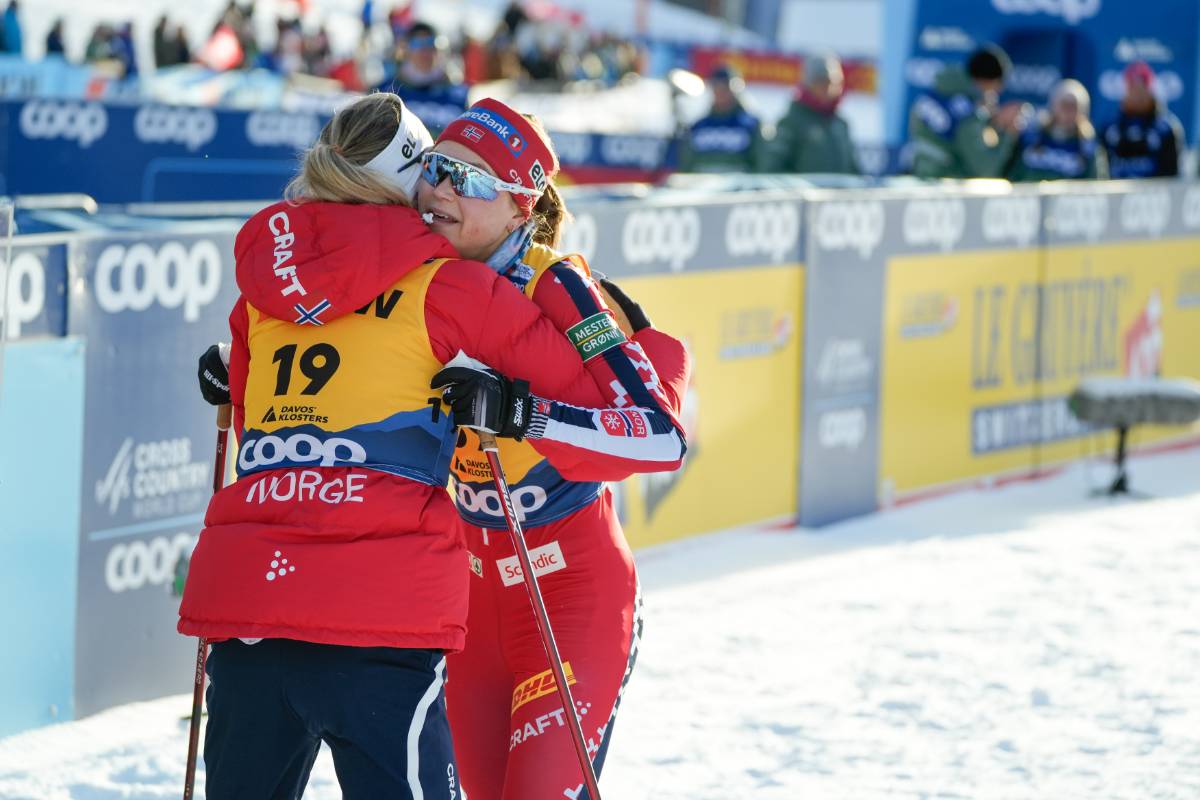
Slind beats Niskanen and Johaug to claim first World Cup win in Davos 20km
December 15, 2024 / FIS
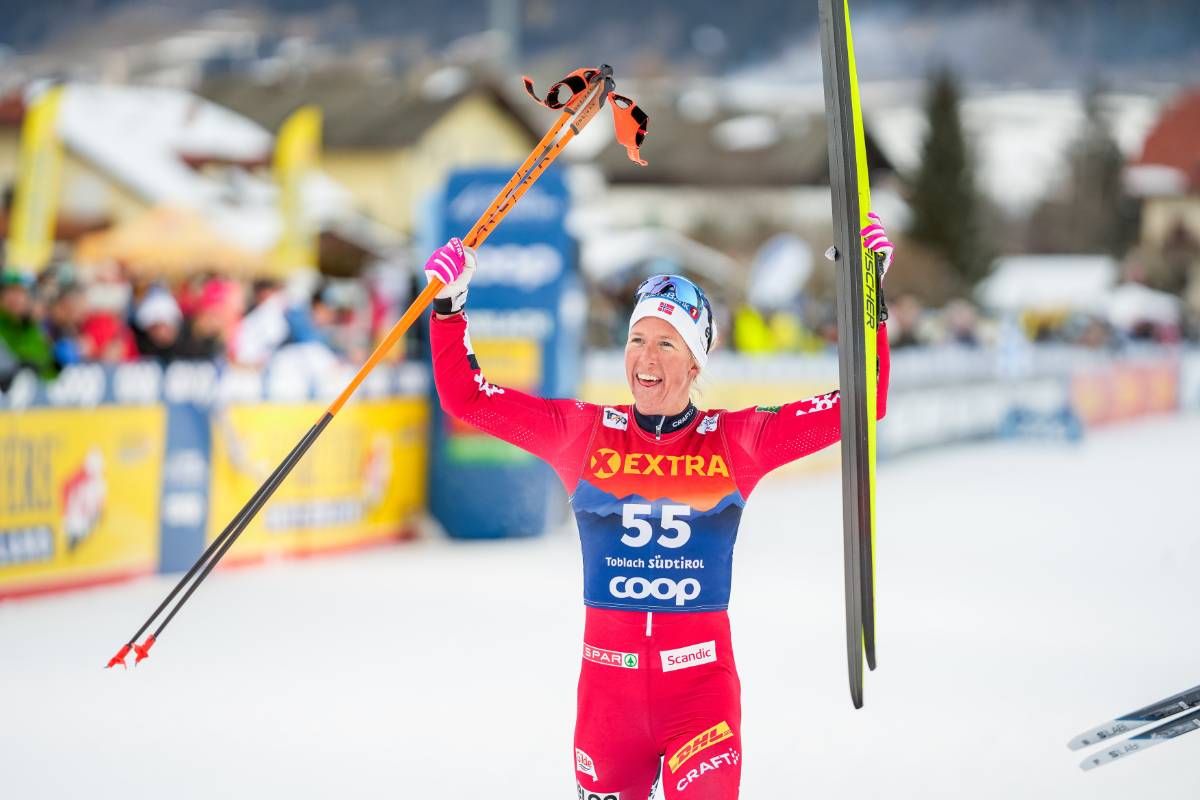
Success for Slind as veteran ends 2024 with first Freestyle win
December 31, 2024 / FIS
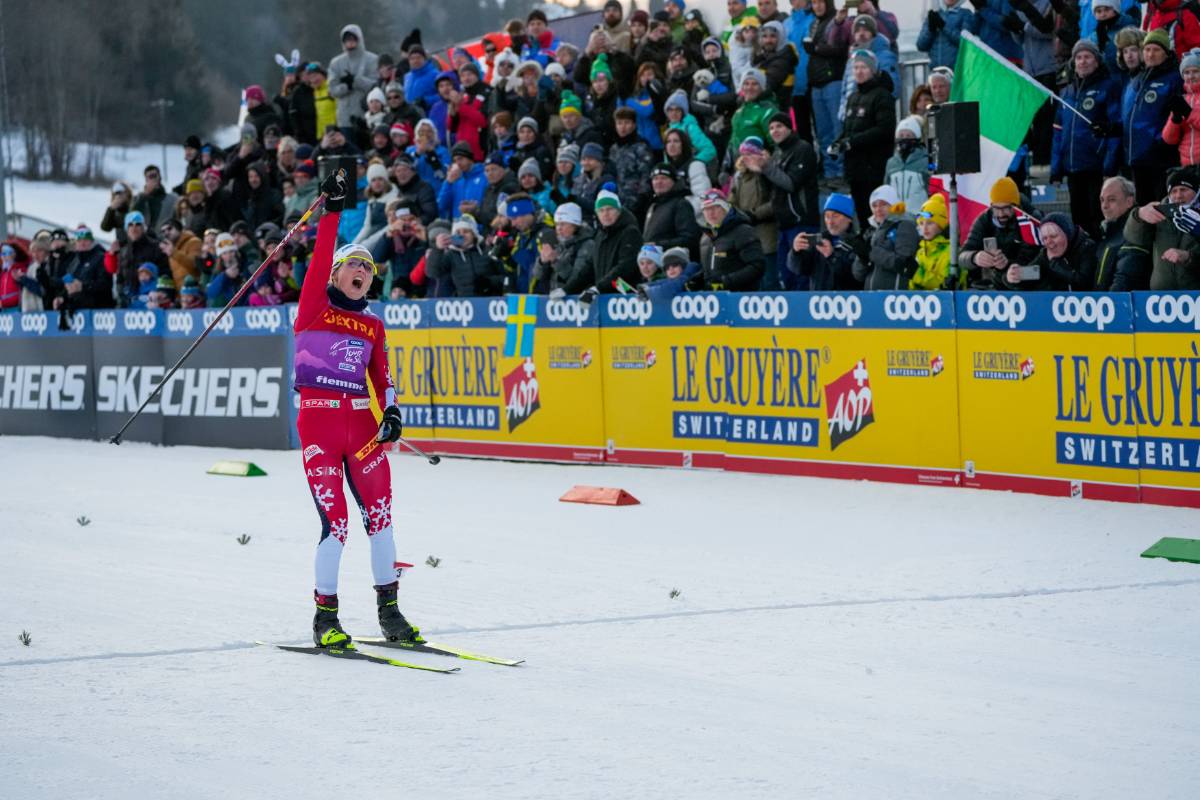
Tour de Ski is Johaug’s to lose after skiathlon masterclass in Val di Fiemme
January 04, 2025 / FIS
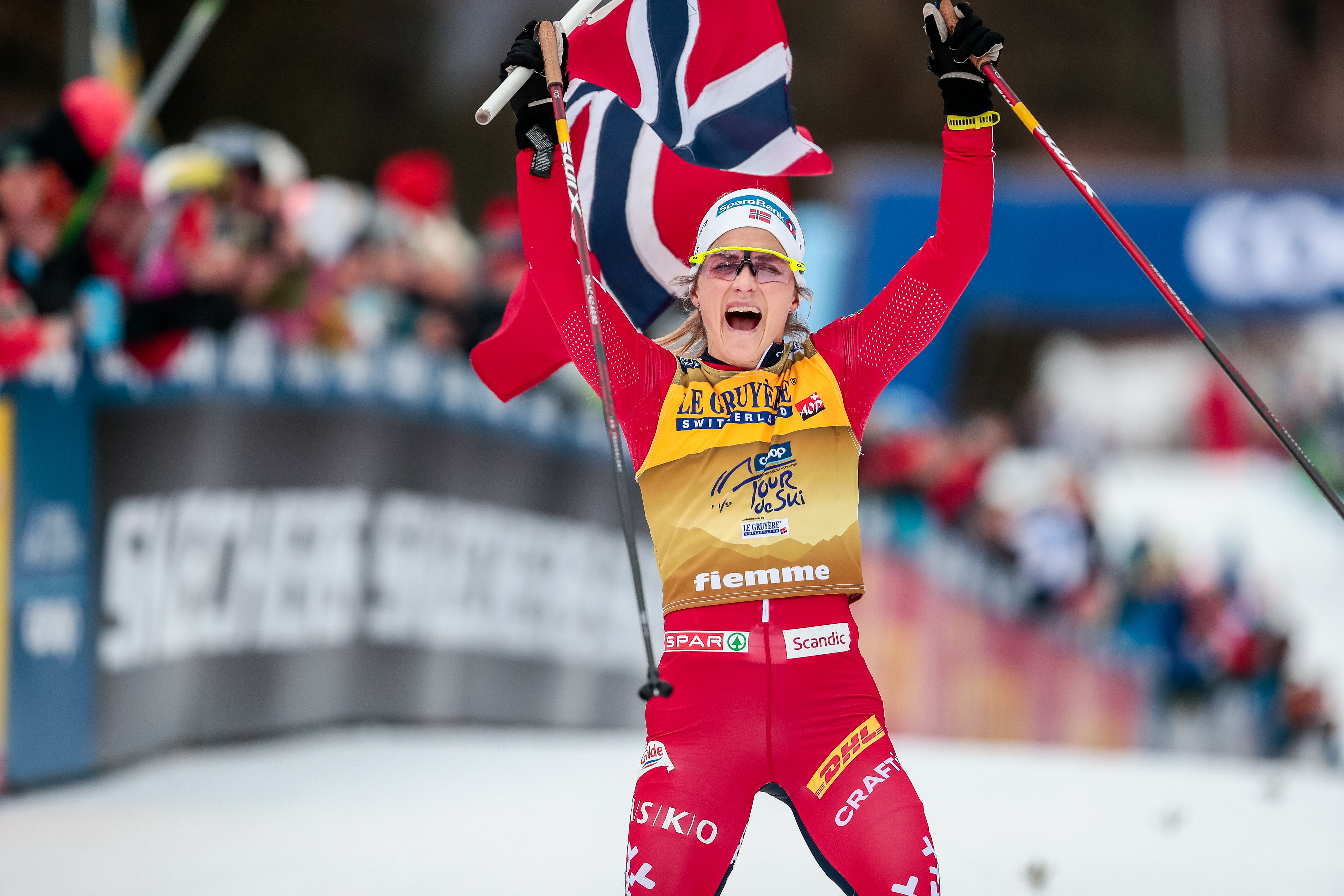
Johaug wins Final Climb to claim fourth Tour de Ski title: 'It's amazing'
January 05, 2025 / FIS
